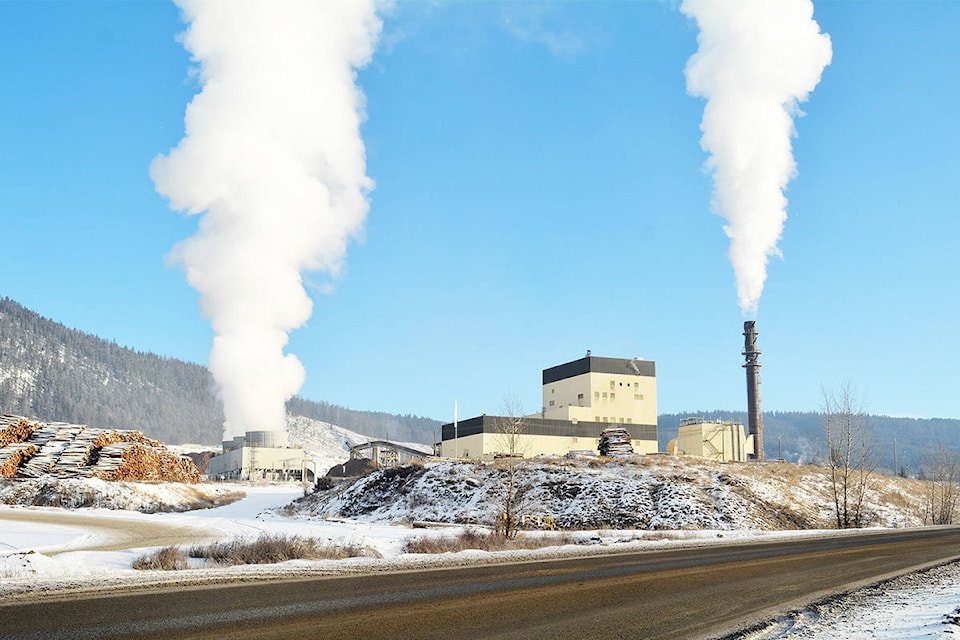I think it is important to compare and contrast the various Independent Power Producers (IPPS) to see how each type contributes to the efficient distribution of electric power in the province.
As of Oct. 1, 2018, BC Hydro had 124 Electricity Purchase Agreements (EPAs) with IPPs.
A bar chart found in the BC Hydro site on IPPS shows an increase from 6,000 gwh in 2005 to 14,000 in 2018.
The output is produced in six categories starting with the largest as non-storage hydro, followed by storage hydro, biomass, wind, aggregated and, lastly, biogas.
For a number of reasons described below, I think biomass plants deserve one of the highest rates.
READ MORE: Plenty of areas to study to create fire breaks
One category missing is solar which is just getting established in a meaningful way through solar farms.
The projects in the six categories represent up to 21,429 gigawatt hours of annual supply and 5,280 megawatts of capacity.
In a recent report commissioned by the resources minister Michelle Mungall it was revealed that government pressure forced BC Hydro to purchase power from 71 run-of-river projects, most of which can only be relied on during the spring. The report says the contracts will cost the average residential BC Hydro customer about $4,000 over the next 20 years, or about $200 per year.
The report makes a number of recommendations, including ensuring prices reflect real market value, restoring the oversight of the BC Utilities Commission, and improving transparency on the cost of energy procurement.
For the Williams Lake area the most significant project is NWE Atlantic Power biomass plant with a capacity of 68 mw. Smaller projects include the non-storage hydro facility at Moorhead Creek, which is classified at less than 5 mw as well as the gas fired erg at 150 Mile.
In addition there are a number of diesel plants, as well as the non storage hydro facility in Bella Coola.
For the Williams Lake area the most pressing need is the renewal of the hydro agreement with Atlantic Power for its ongoing operations. While it may be tough negotiating since the publishing of the above mentioned report, I think a case can be made for biomass plants getting special consideration since they produce more consistent power compared to river run, wind or solar power.
In addition, while the production costs may be higher they produce more long-term jobs per kwh through the proper use of mill and forest residual material.
Another factor is the strategic location of many biomass plants which could supply power if there is a interruption of power on the main grid lines.
READ MORE: Soil cavities reveal extensive root systems of burned trees
While the best short-term option is the ongoing power production from the AP plant there are some factors that should also be taken into account.
The existing plant is over three decades old (1988) and at some point will need replacing since it is not likely that it is feasible to upgrade or modify it economically.
Any new plant should be able to use the waste heat produced and use less water. While the city does get a good price for the water used the significant use of potable water for industrial use may not be desirable especially if there is a water shortage or an upgrade of the water system is needed.
A logical replacement option is for the major lumber producers to develop an electric generation facility to meet their electric and dry kiln needs which is being done by a number of companies in B.C. and other provinces.
Jim Hilton is a professional agrologist and forester who has lived and worked in the Cariboo Chilcotin for the past 40 years. Now retired, Hilton still volunteers his skills with local community forests organizations.
